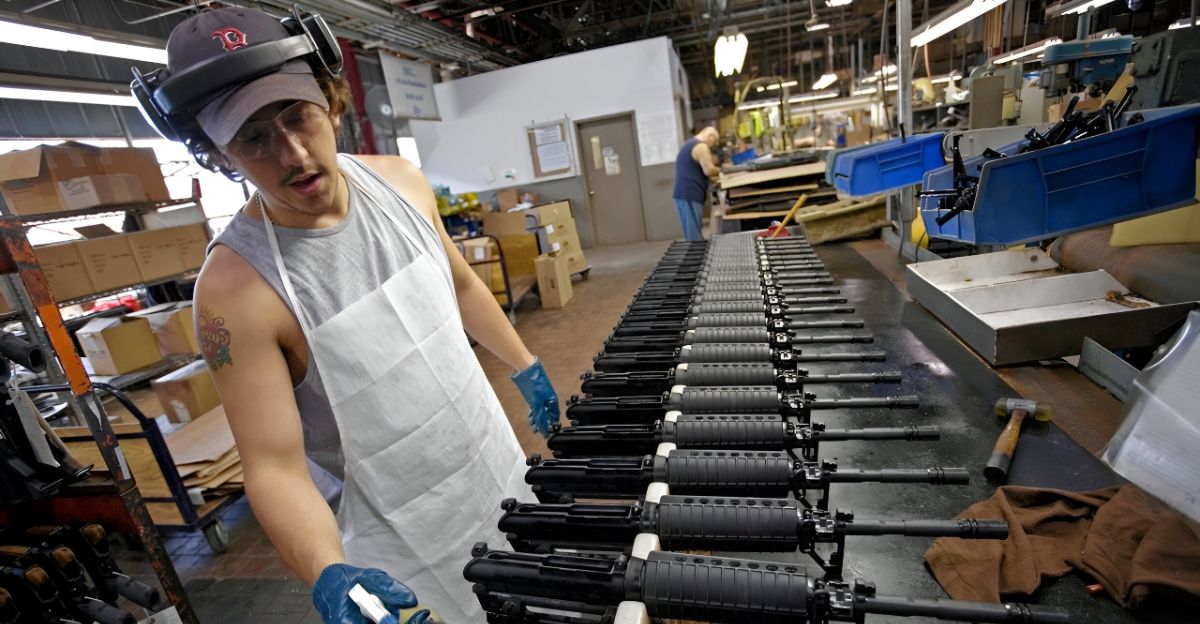
Florida’s gun business is going through one of its toughest times in recent years. A major gun maker in Central Florida, known as Live Free Armory, has gone bankrupt, highlighting the challenges facing smaller manufacturers in the U.S. gun industry.
These companies are struggling with huge amounts of debt, fewer people buying guns, and new pressures in the market. Gun sales have dropped from their pandemic peak, and many manufacturers are finding it hard to stay open. While the overall firearms industry continues to show economic growth, this wave of bankruptcies among smaller manufacturers signals significant changes in how gun makers operate across the country.
Live Free Armory’s Bankruptcy Unfolds
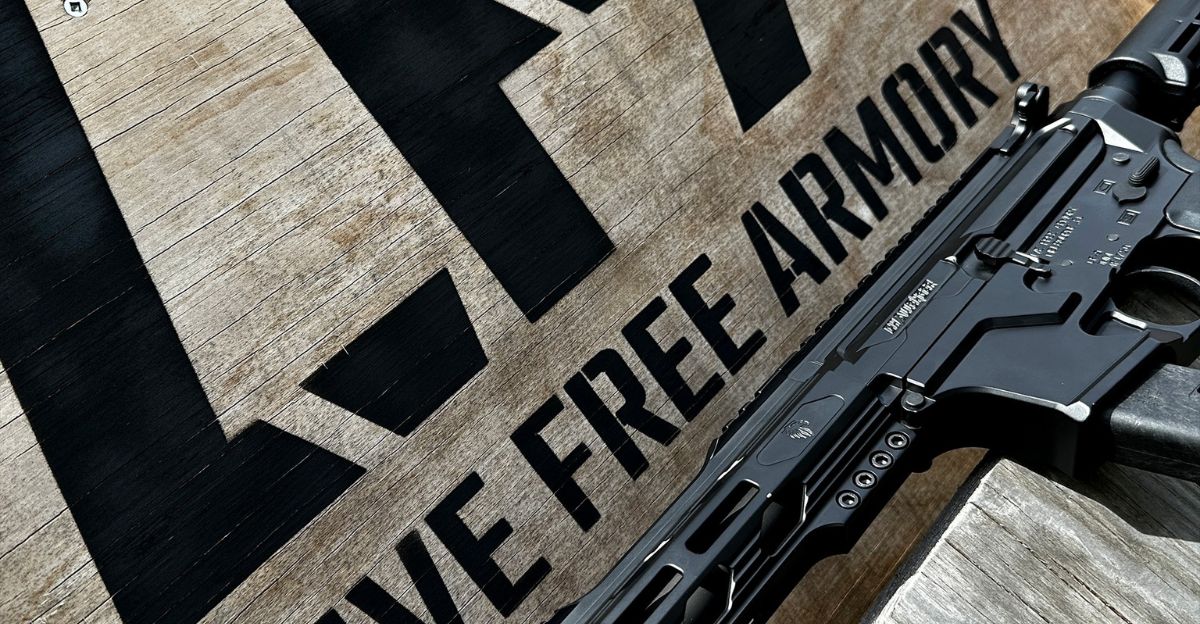
Central Florida Firearms, which operates as Live Free Armory, filed for bankruptcy in September 2025. The company listed about $5.2 million in assets but owed $12.7 million in debts. Filing for bankruptcy means the company can keep operating while it tries to sort out its finances, but it’s a clear sign that things have gone wrong.
The company has always advertised itself as innovative and reliable, but bankruptcy reveals that good products are not enough if financial practices go unchecked. The court filing also means there will be money available for other people the company owes, but it’s unclear whether the business can bounce back. This bankruptcy is not an isolated case—many other gun companies are facing similar problems.
Debt Spiral Hits Gun Makers
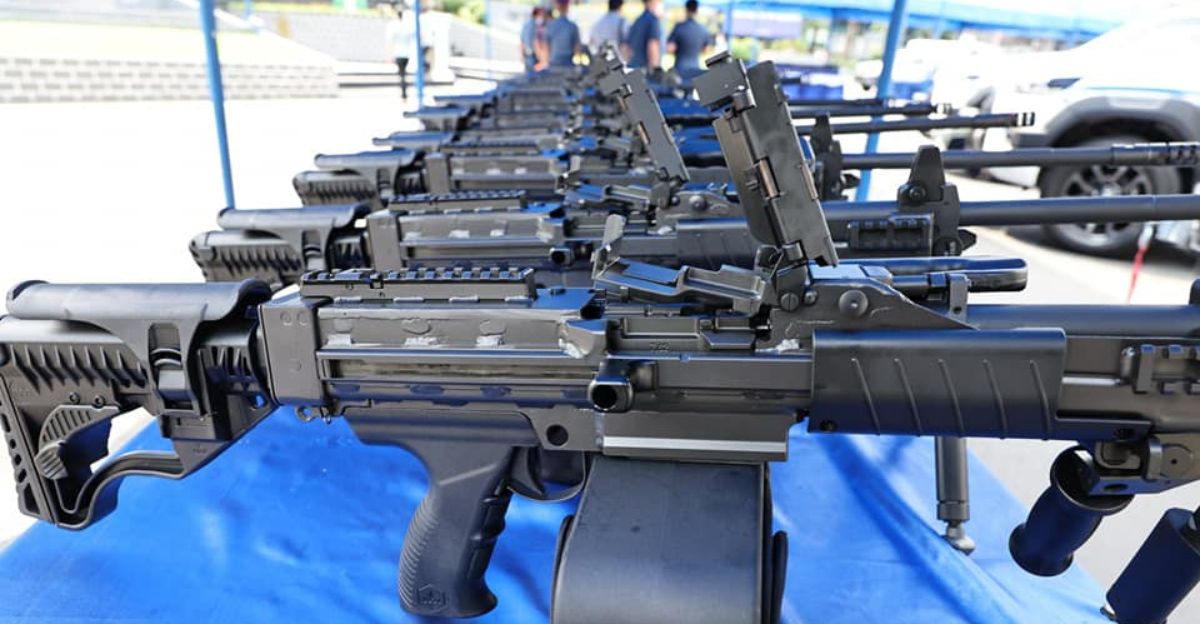
For years, gun manufacturers borrowed money to grow quickly when times were good, expecting sales to stay strong. But as fewer people bought guns in recent years, these debts became too large to handle, forcing companies to file for bankruptcy or shut down altogether.
Some businesses blamed rising inflation, higher interest rates, and changing customer attitudes for their financial problems. According to a recent report, retail gun sales dropped almost 10% in the first quarter of 2025 alone, and overall revenue fell by over 11%. The drop in sales affected rifles the most, which saw a decline of more than 12%, with handguns and shotguns not far behind.
Gun Sales See Major Drop

Gun sales have taken a steep dive since their 2020 peak. Estimated gun sales reached approximately 23 million in 2020, but by 2024, that number had dropped to about 15-16 million. This major reduction suggests fewer Americans are interested in buying firearms than just a few years ago.
Experts say there isn’t a single reason for the shrinking sales, but gun sales often rise during times of uncertainty, like economic crashes or when people worry laws might tighten. During President Trump’s earlier term, gun sales fell 17% as concerns about restrictions faded under a pro-gun administration. Today, a similar pattern has emerged, with sales declining even as economic fears linger.
From Boom to Bust
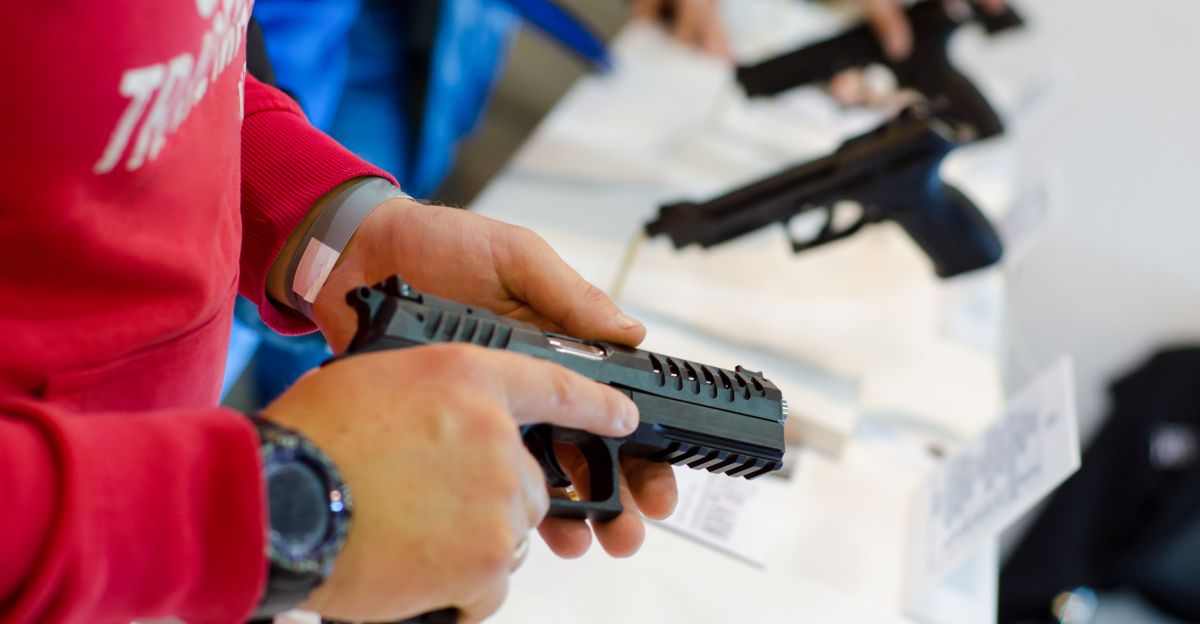
At the height of the COVID pandemic, gun sales soared as people feared social breakdown and wanted to protect themselves. Once first-time buyers felt safe with their new weapons, however, demand dropped dramatically, leaving manufacturers with piles of unsold inventory and less revenue.
Companies that expanded quickly to meet pandemic demand found themselves stuck with costs and merchandise they could not sell. This shows how fast market trends can change and why businesses need to plan for more than just short-term spikes in interest.
Tariffs and Political Changes Shake Up Costs

New tariffs, especially on imported steel and aluminum, raised prices and cut profits for many gun makers who depend on these materials, especially with the Trump administration’s policies. These tariffs forced companies to pay more to make their products, squeezing their budgets even further.
When political climates shift, so do business fortunes, and many manufacturers struggled to adjust. Gun companies need to watch government policies closely and adapt quickly or risk falling behind in a competitive market.
Too Many Guns, Not Enough Buyers

Gun companies guessed that pandemic-driven demand would continue, so they made more guns than ever before. When gun buying cooled off, these companies found themselves with warehouses stuffed full of unsold products, and with that comes plenty of bills and costs.
Overproduction has now come back to haunt the industry, with the excess inventory dragging down business finances. The overconfidence and lack of careful planning during the boom years are proving costly now, showing the importance of having accurate forecasts and flexible production strategies in the future.
Price Wars Cut Profits

With so many unsold guns on hand, companies slashed prices to attract buyers, sparking a price war that ended up hurting almost every manufacturer’s bottom line.
Instead of boosting sales, lowering prices mostly reduced profits, leaving businesses struggling to pay their bills. Competitive pricing is usually good for consumers, but for gun makers stuck with high costs, it meant lost revenue and deeper financial troubles.
Legal Battles Add to Industry Struggles

Lawsuits against gun companies, especially around issues of safety and advertising, have drained millions in legal fees and settlements. In just one example, SCCY Industries, once among the top 10 pistol makers, faced lawsuits and huge tax debts, leading to its closure and bankruptcy.
It isn’t just courtrooms hurting these businesses. Insurance policies often exclude coverage for these kinds of legal fights, forcing companies to pay out of pocket or close up shop.
High-End Firearm Market Implodes

Some gun companies tried to stand out by selling high-end, premium guns, betting big on advanced features and limited editions. But competition was fierce, and only a small number of buyers were interested in high-priced models.
The gamble on luxury offerings didn’t pay off, and the high-end segment of the industry suffered serious losses.
Remington’s Troubles
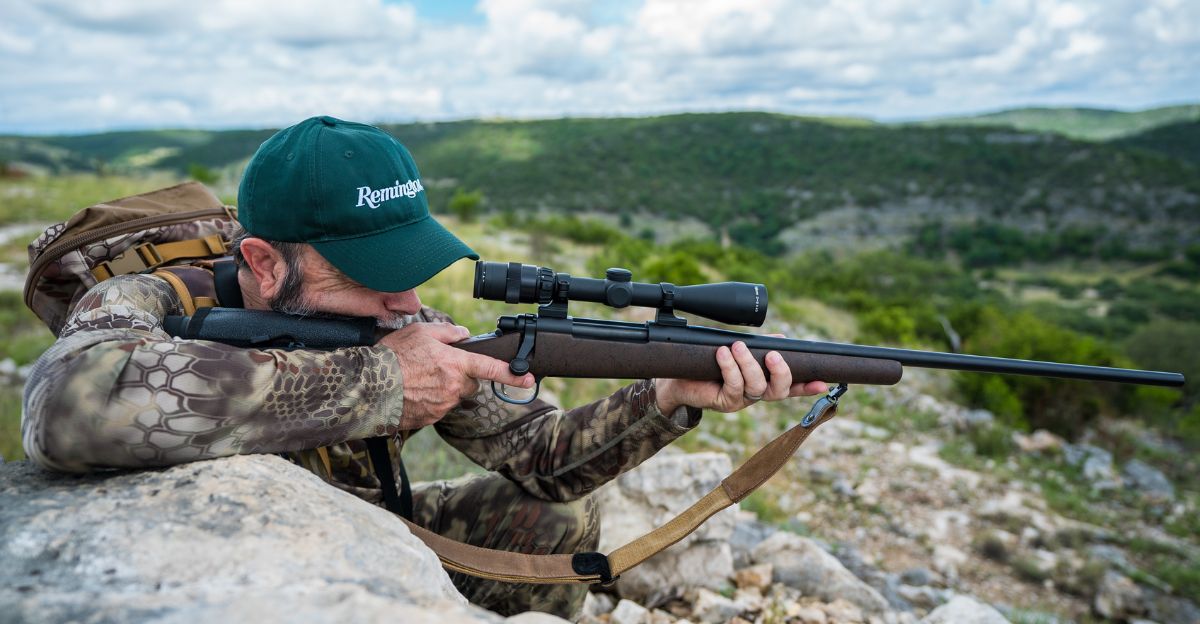
Remington, America’s oldest and most famous gun manufacturer, filed for bankruptcy protection twice in recent years. The company was hit by falling sales, debt struggles, and mounting pressure for tighter gun laws after major shootings.
The company’s struggles sent shockwaves through the industry, proving that even the biggest names and longest histories aren’t enough to guarantee survival.
Gun Shops and Ammo Dealers Feel the Pain
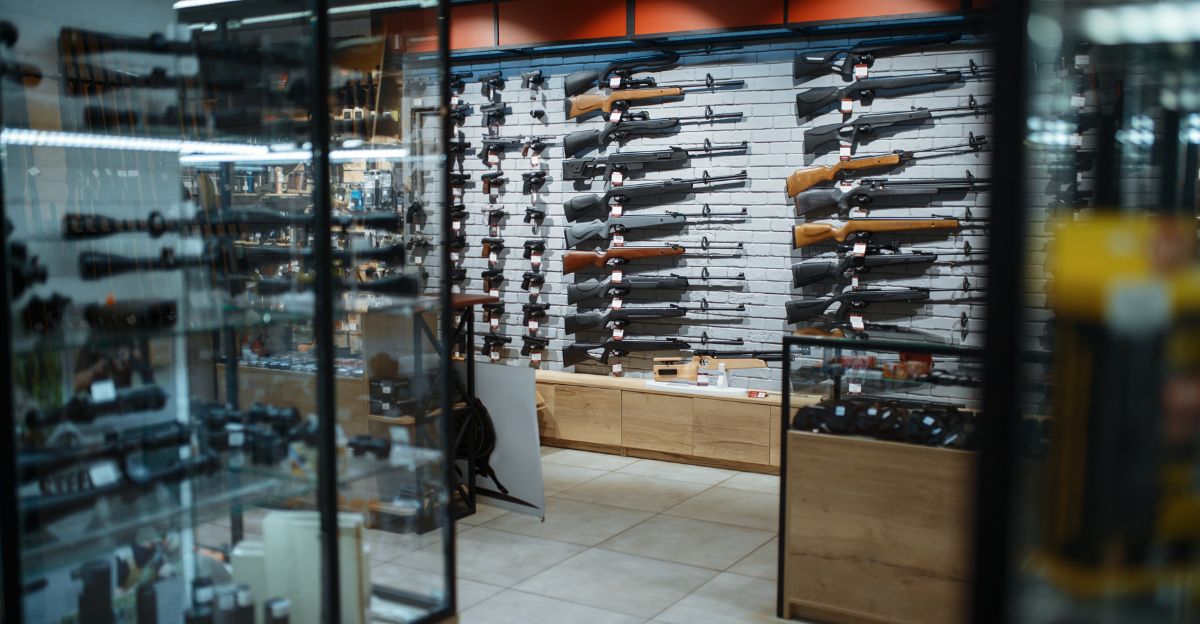
Retail gun shops and dealers who sell ammunition are also feeling pressure. When big manufacturers shut down or slow production, shops have less to sell and fewer buyers who want to shop.
Some retailers have followed manufacturers into bankruptcy, and others are just barely hanging on. Layoffs, closures, and shrinking customer bases mean local businesses and communities all across the country are being affected.
Job Losses Hit Communities Hard
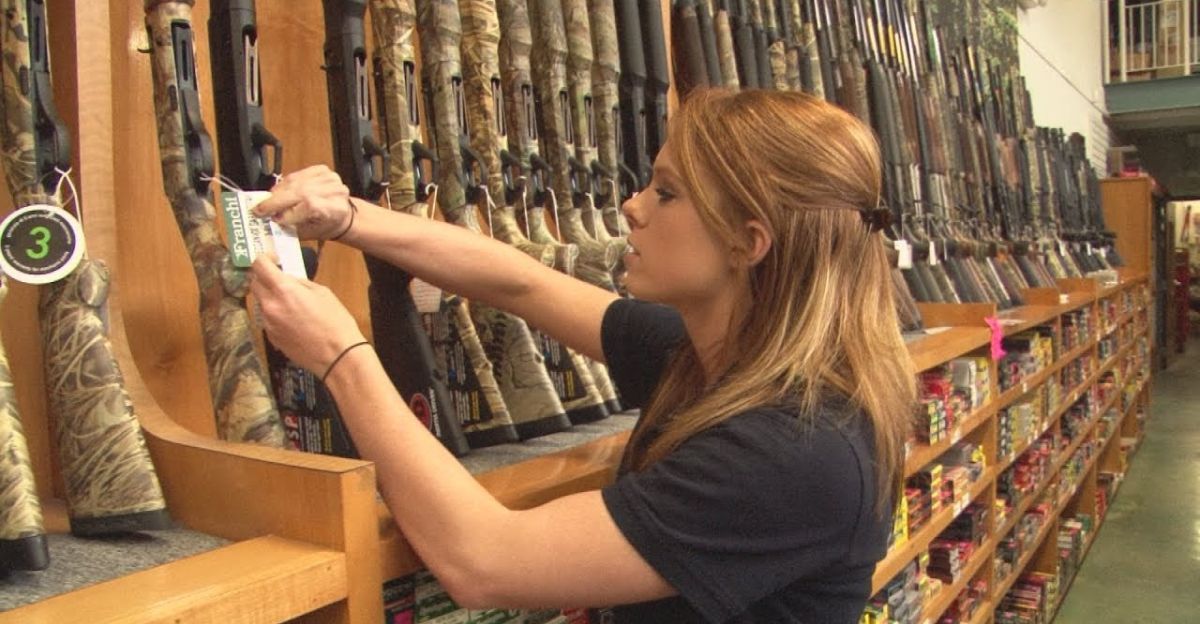
When gun companies close their doors or downsize, it is not just business owners who suffer, entire communities lose jobs and income. Factories auction off equipment to help pay debts, and long-term workers face sudden layoffs.
This kind of disruption can leave local economies reeling and families struggling to find new work.
Uncertain Road Ahead for Survivors
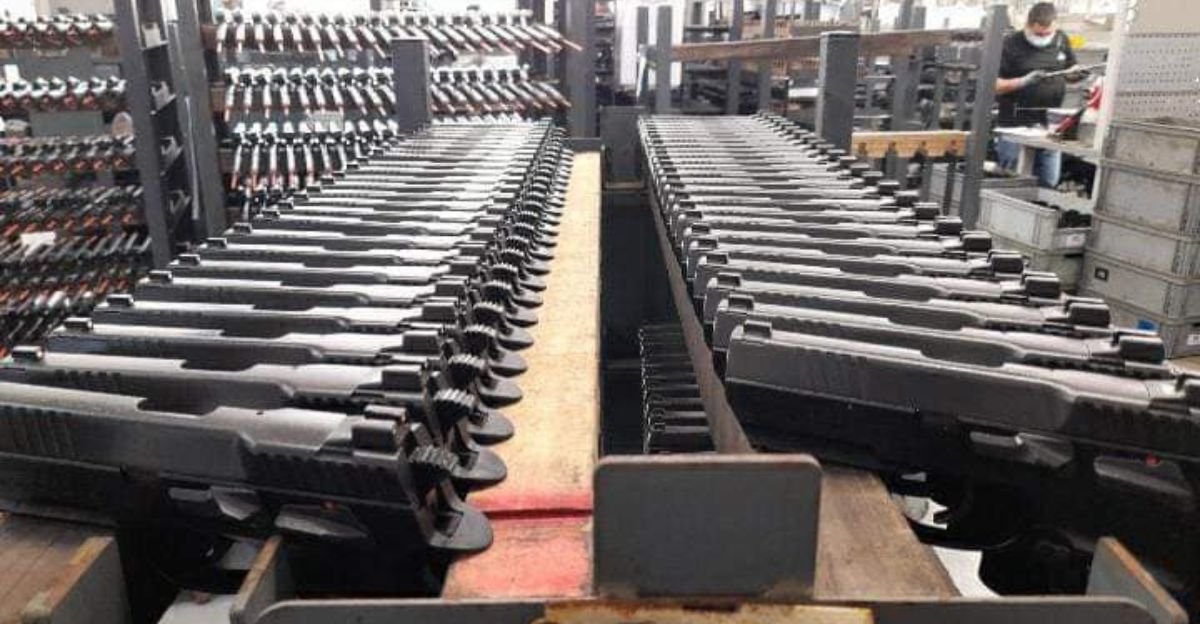
Some manufacturers still operate under bankruptcy protection, hoping to recover and rebuild, but the challenges are huge. With low demand, tough competition, and more regulations on the horizon, the road ahead looks rocky.
Companies are being forced to rethink how they do business, streamline operations, and find new ways to attract buyers.
Lessons for the Industry’s Future
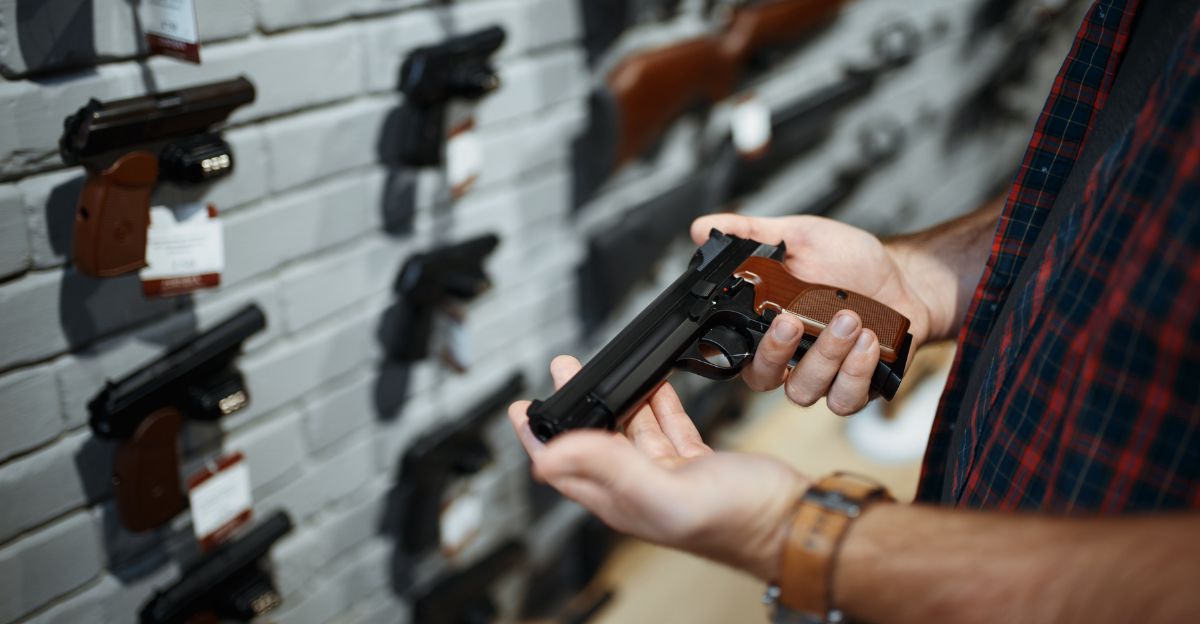
The collapse of Florida’s gun industry shows why the industry needs big changes to survive. Financial discipline, honest forecasting, and flexible business plans will be more important than ever going forward.
As experts warn, gun makers must avoid overleveraging during boom periods and pay close attention to changing consumer habits and new regulations.